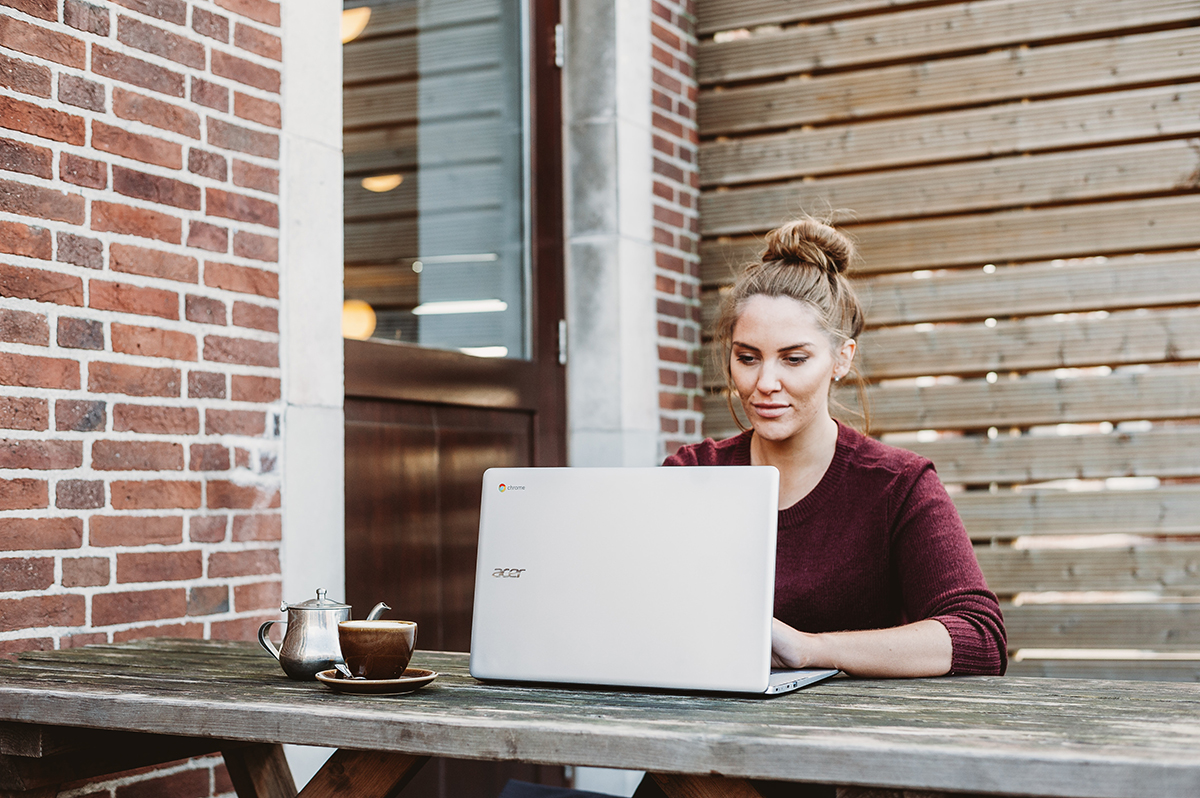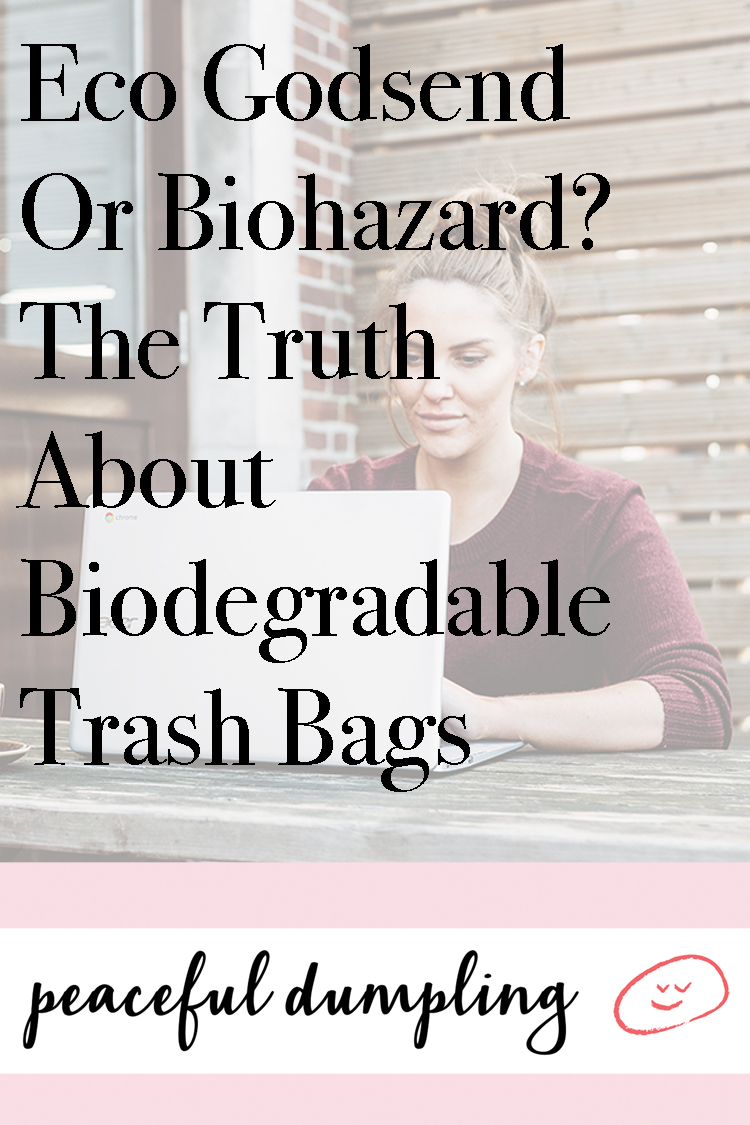Have you taken a look around lately and seen the insane increase in the number of people trying to reduce the amount of trash they produce? I know it doesn’t always feel like it when you’re staring at the curb with its myriad trash cans on collection day, or you see that overflowing trash can in the park, but I’m telling you, something is happening.

The other day, I was sauntering around the supermarket collecting some cupboard staples when my ears perked up as I overheard my kind of conversation float over from the fish counter.
“So, if I bring in my own tupperware, can you put the fish in it so that I don’t have to use the plastic bag?”
Like a March hare, I erratically darted off course and lingered nearby eagerly awaiting the response.
“Uh, well, yes, Miss, I suppose. As long as you don’t mind me touching it?”
To which my new best friend boldly countered, ” ‘Course I bloody don’t. I’ll be cooking it!”
Being mindful of our plastic consumption is imperative if we are to turn things around and dramatically reduce the amount of waste we’re churning out day after day around the world. Situations like this give me hope: everyday people driving momentum for change.
It’s clear that things like buying loose or in containers that can be easily recycled takes preference over those alternatives so unfortunately destined for landfill, but the truth of the matter is that *all* of us have certain things that we feel we can’t do much about; certain things that are part of the deal of being a modern girl in the modern world. Bearing the heavy burden of guilt, we all have some items that inevitably will end up going to the dump to sit there for many, many years. Maybe it’s an old hair dryer that’s finally come to the end of its life? Maybe it’s a cable tie that you have had to snip and no longer serves a purpose? Or a broken hairband? Or maybe its one of the millions of granola bar wrappers that – despite you knowing you shouldn’t purchase because the packaging can’t be recycled and it makes you feel like a terrible person – you had to run into the store and grab because you’ve got such a pressing deadline that you didn’t have the time to prepare an alternative from scratch.
Life happens and even when we feel we’ve made choices that we later regret, what matters is where we go from there. So when you’ve got those items that you know can’t be recycled, how can you still responsibly deal with the waste?
Something that I’ve had countless debates with others about is the concept of the biodegradable trash bag. Biodegradable trash bags can be broken down (no pun intended) into two categories:
Bioplastics: things that feel like plastic but are actually made of organic materials, like corn starch. These can be composted.
Biodegradable plastics: made from plastic, but breakdown much quicker than your average plastic bag into tiny fragments (microplastics).
Both rely upon intense sunlight (or heat) to commence the degradation process and some formulas can leave behind toxic residues; not ideal. There’s also evidence that the processing of the corn (or other plant mass used in the production of bioplastics) can cause eutrophication of our waterways and intensive acidification of soil. Suddenly they don’t seem so great after all.
Perhaps the biggest problem is that while some bioplastics are indeed biodegradable under the right conditions, these items often escape those ideal conditions and end up in the ocean where they remain in their original state along with all the other non-biodegradable plastic. These items then pose all of the same risks to wildlife. May as well not have even bothered.
Another problem – particularly with the second of the two types of biodegradable options above – is that there is still demand on crude oil drilling to produce these seemingly “environmentally-friendly” alternatives. We know the problems with oil drilling and so it seems to direct us back towards the drawing board.
My verdict on biodegradable trash bags is a big thumbs down. Using a biodegradable bag to contain many non-biodegradable items poses more of an environmental risk in my opinion, for if that bag degrades, it will release hundreds (and combined with other bags, millions) of non-biodegradable plastic items into the environment where they risk entering our waterways and wreaking havoc. In my opinion, although no one likes the thought of tons of plastic simply sitting there, it’s better to have it contained than free to float at whimsy into our beautiful natural spaces.
In theory, corn starch (or other plant-based bioplastic) has the greenlight if what’s inside is completely compostable material. Here in the UK, many local areas collect food waste from curbside. To keep things clean, most people use corn starch bags to keep everything contained and reduce the slime factor at the bottom of the caddy. In an ideal world, we’d all compost from home in our backyards where we’d alleviate the need for this bioplastic middleman. But in the meantime, it’s a better option to at least separate food waste where it can undergo an industrial-scale anaerobic digestion process than let it rot and emit copious quantities of methane from landfill.
As for the non-recyclable items that you get rid of? Put in the time and effort and research what you can dispose of properly in your local vicinity. You might be surprised to find that you can get rid of most electrical and textile items in a safe and responsible fashion. But as for all the single-use plastics? Instead of using biodegradable bags thinking that they’re doing good, spend more time and energy working to cut down the trash you produce that ends up in the garbage can in the first place. It’s really the only long-term solution.

What are your thoughts on biodegradable trash bags? Do you use them in your home?
Also by Kat: Home Sweet Eco Home—Earth-Friendly Renovations To Makeover Your Space
Related:Going #PlasticFree? Try These 5 Luxe Eco Brands, From Tea To Vegan Lipstick
Newsflash: UK To Ban All Single-Use Plastics! Why This Matters
—
